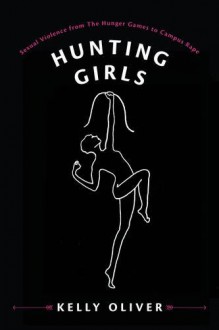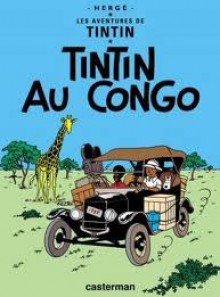
Disclaimer: ARC via Netgalley.
In the interest of full disclosure, I should note that of the movies and books that Oliver discusses in this book, I have not read the Twilight series, Insurgent Series, The Hunger Games, or seen the movie Hanna in its entirety. I have read 50 Shades of Grey (I wish I hadn’t) and part of the Hunger Games.
To say this is an interesting book would be wrong. It is a rather unique look at a raising cultural trend. You may end up disagreeing with Oliver but at the very least, she will make you think.
Oliver’s focus is on the prevalence of young girls in movies who at first glance seem to kick ass. While much of the movies she deals with were books first, Oliver’s discussion is primary focused on the film versions of the various series. This, on one level, is understandable because the film undoubtedly reaches a wider audience, but also because it is the creative output of more than one person. Oliver contends that while the more active “princess” character is good, there is something off about the vast numbers of girls who get beaten and almost raped, usually beaten at one point by the boy she loves. Oliver’s analysis of this beating the girl up is most powerful when she discusses the Kick-Ass series. In these sections, Oliver also considers the camera angles and views.
The connection between the hunting girls and campus date rape is not as quite strong as it could be. The strongest point is the link is between 50 Shades and campus date rape, a connection that Oliver makes. She always draws connections to the old Sleeping Beauty stories (where the prince rapes Sleeping Beauty) as well. The connection to Bella, Katniss, and Tris is less clear, though not due to Oliver’s writing. The hunter as hunted is good, but she seems to be on surer ground when she deals with the boy being controlled and forced to attack the heroine. The connections she makes between such scenes and campus/date rape is rather powerful as is the use of social media in the various movies and how it connects to interactions with social media in the real world.
Also of interest is when Oliver compares the hunting girls of today to the animal loving girls of the movies. It is a valid point, this switch to hunting animals and no longer protector of animals. These passages in particular raise several questions – is it identifying the girls more closely with the male world, is it a symbol of strength or something else? This leads into a discussion about Artemis, the first girl with a bow, and what she symbolized.
I do wish that Oliver had considered more of the role of other women in the stories. Isn’t it just as damaging and dangerous to have only the heroine be the only capable female in the story. This trend, sadly, is seen in more than young adult kick ass heroines. At the very least, however, she does get the reader to think about the portrayal of girls as action heroes, and whether so much blood must be shed by them.

 Log in with Facebook
Log in with Facebook 






